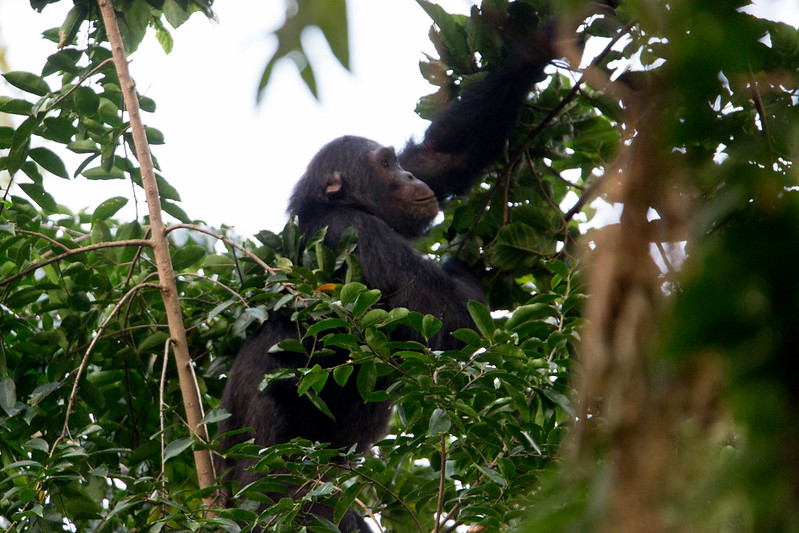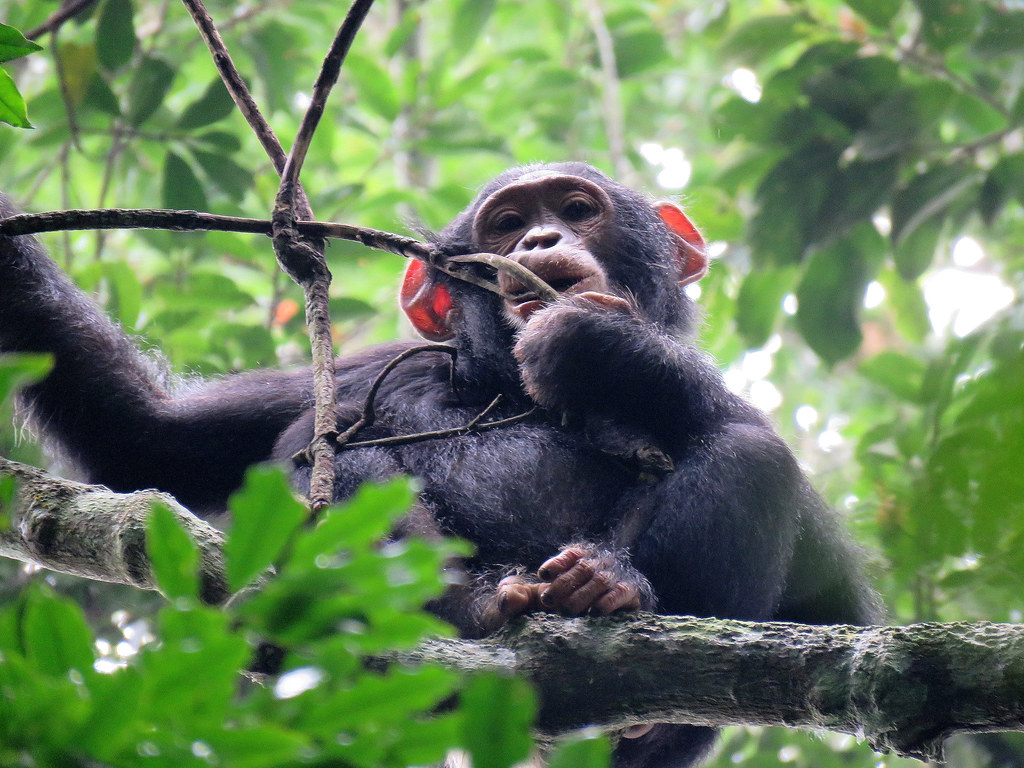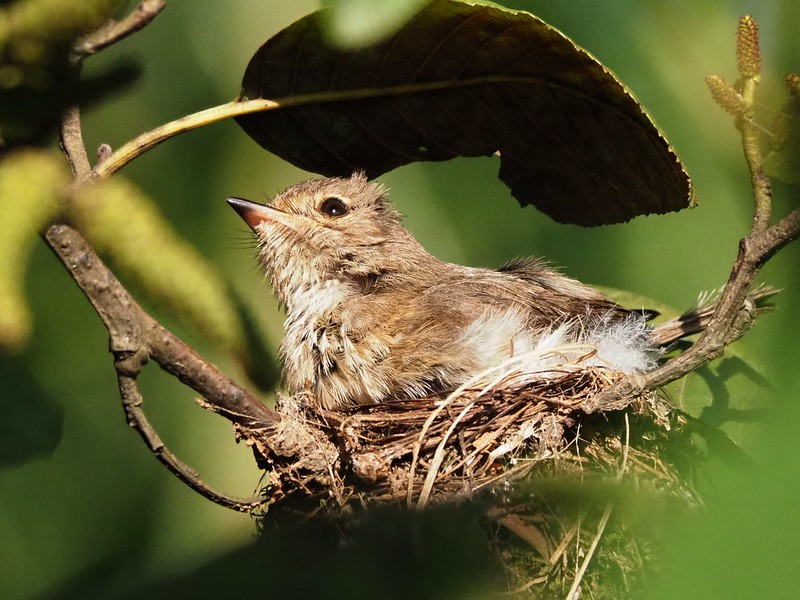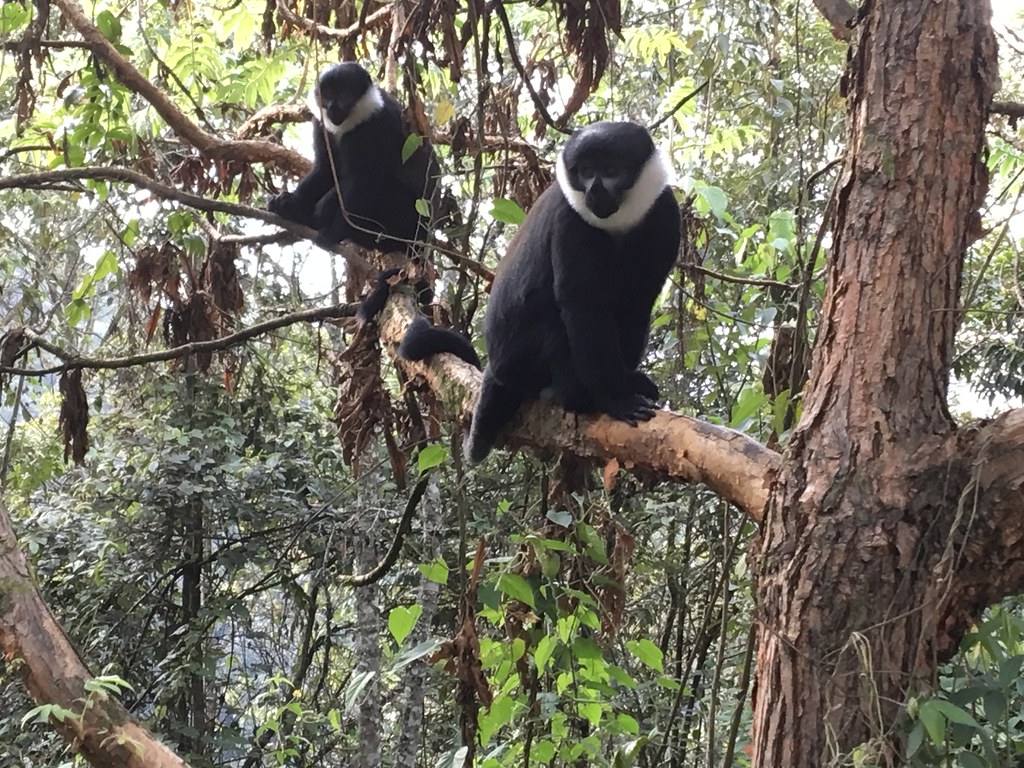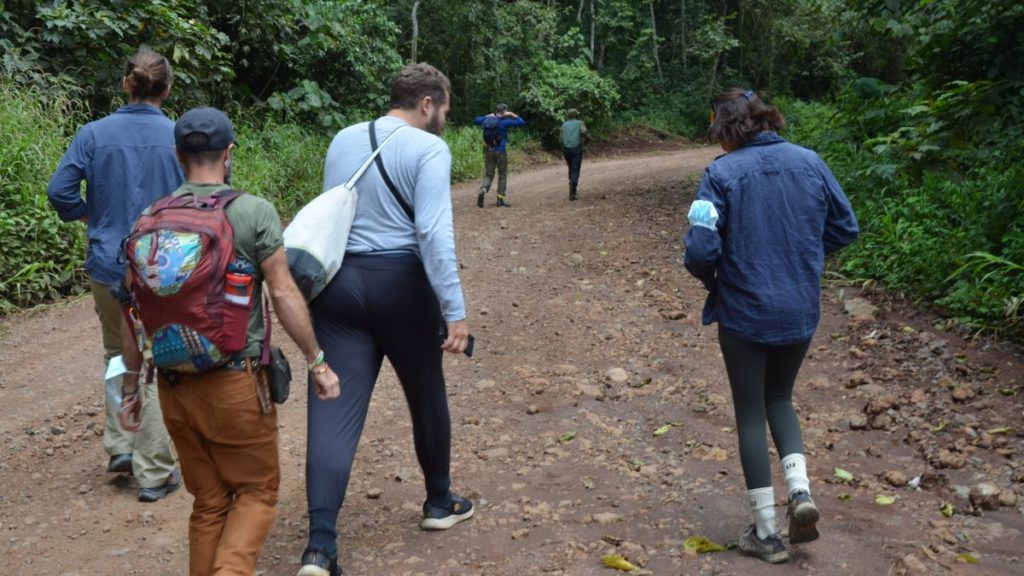Nyungwe Forest National Park
Nyungwe National Park is situated in the southwestern region of Rwanda, adjacent to Burundi, Lake Kivu, and the Democratic Republic of Congo. The park was developed in 2004 to enhance tourism in Rwanda. Nyungwe National Park is one of the largest natural rainforests in East Africa, encompassing around 1,000 square kilometers and ranging in elevation from 160 meters to 2,950 meters above sea level. The forest consists of montane rainforest, wetlands, grassland, and bamboo, resulting in an annual precipitation of 2000mm.
Canopy Walk in Nyungwe forest National Park
This national park hosts 75 animal species, 13 primate species including chimpanzees, golden monkeys, and black-and-white colobus monkeys, over 300 bird species, 120 butterfly species, 15 reptile species, 12 amphibian species, 1,068 plant species, and 140 orchid species. Nyungwe is a rainforest that contributes to rainfall creation, which nourishes the Nile River originating in Uganda, hence serving as a water catchment area in Rwanda. The park is an excellent location featuring stunning vistas of the Virunga ranges, Lake Kivu, Rwanda’s largest lake, hills, Isumo waterfall, and tea plantations located around the park’s periphery, among other attractions.
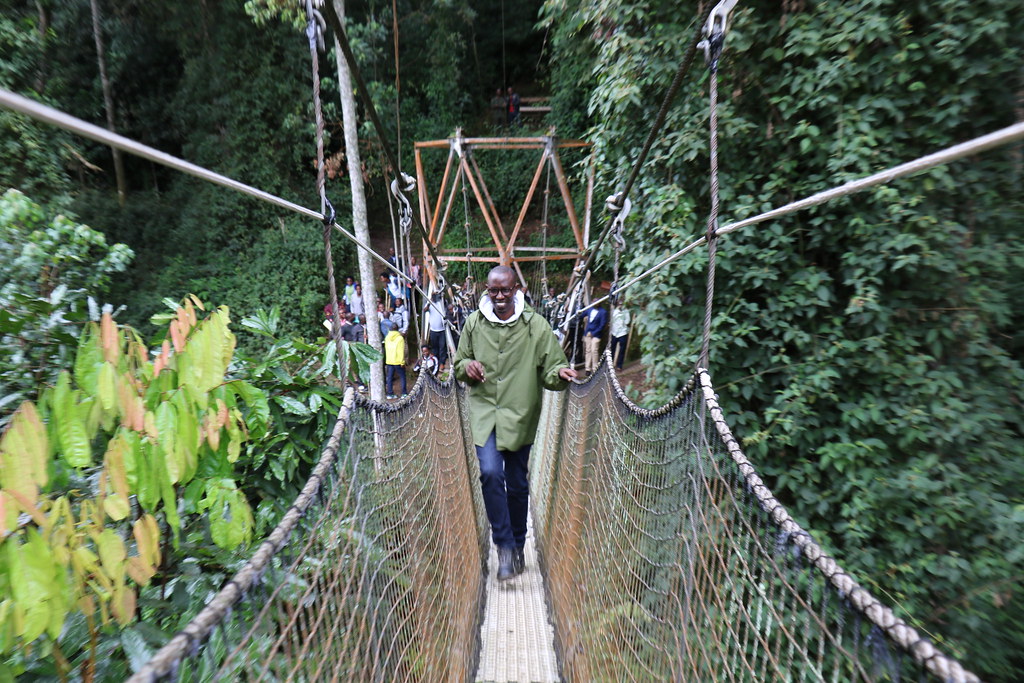
What to see in Nyungwe forest national park
The park is home to 13 primate species, including chimpanzees, golden monkeys, silver monkeys, grey-cheeked mangabeys, red-tailed monkeys, l’hoest monkeys, owl-faced monkeys, Rwenzori black-and-white colobus, vervet monkeys, olive baboons, and bush babies. Primates constitute the most frequented attractions in Nyungwe Forest National Park.
Nyungwe Forest National Park is home to around 300 bird species, including over 120 woodland species, 29 native to the Albertine Rift, and 16 indigenous to Nyungwe Forest National Park. The park is home to various bird species, including the white-tailed blue flycatcher, red-collared mountain babbler, Ruwenzori turaco, purple-breasted sunbird, dusky crimsonwing, lovely francolin, Rwenzori batis, red-throated alethe, and black-and-white casqued, among others.
The canopy of Nyungwe Forest National Park ranges from 50 to 200 meters above ground level, which prompted the Rwanda Development Board (RDB), a tourism organization in Rwanda, to construct a steel walkway, the first of its kind in East Africa and the third in Africa.
Nyungwe Forest National Park is home to around 1,068 plant species, which provide sustenance for the fauna, including 68 indigenous species such as orchids, Talna rwandensis, mahogany, and Milicia excelsa. Nyungwe National Park contains over 200 tree species, among blooming plants, orchids, and giant lobelia, featuring vegetation zones that include sub-alpine areas predominantly characterized by shrubs and bamboo. Nyungwe Forest National Park is inhabited by several mammal species, including leopards, giant forest hogs, golden cats, duikers, serval cats, side-striped jackals, and civets, among others.
Recreational pursuits in Nyungwe Forest National Park
Chimpanzee trekking in Nyungwe forest national park
Chimpanzee trekking is the predominant activity in Nyungwe Forest National Park, where visitors venture into the forest to locate the chimps. Chimpanzee trekking in Nyungwe Forest National Park commences at three receiving centers: Uwinka, Gisakura, and Kitabi, with a briefing at 5:00 AM, followed by an encounter with park rangers before embarking on the forest journey. Nyungwe Forest National Park is home to approximately 60 habituated chimpanzees. Trekking may last from 2 to 6 hours or longer, contingent upon the chimpanzees’ location, as they frequently relocate in search of food. Once located, visitors are permitted to spend one hour with them in their natural habitat.
Chimpanzee trekking permits a maximum of eight individuals to observe each habituated gorilla family for one hour, during which visitors will learn about their behaviors and habits, observe them engaging in activities such as playing in the trees, breastfeeding, feeding, and mating, while capturing numerous photographs, thereby enhancing their safari experience. Chimpanzee trekking will also provide opportunities to observe other primates, including l’hoest monkeys, Rwenzori colobus, black and white colobus, grey-cheeked mangabeys, vervet monkeys, and baboons, among others.
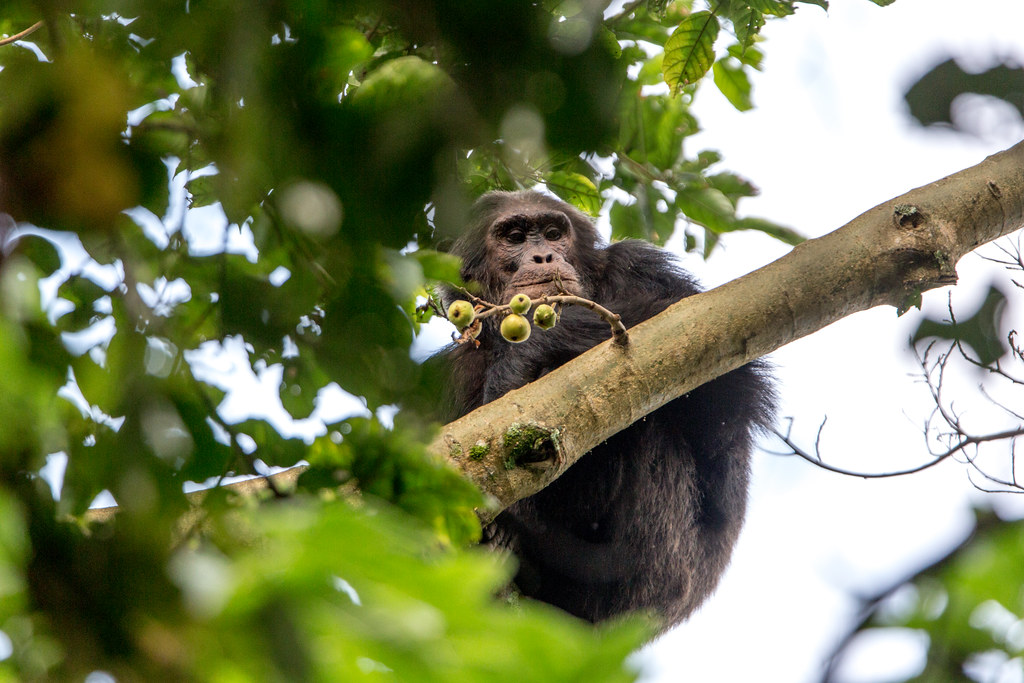
Monkey trekking in Nyungwe Forest National Park features over 300 species of monkeys, making it the second premier attraction in the region after chimpanzee trekking. Monkey trekking is a remarkable pastime, as the monkeys are spirited and vivacious primates that will amuse you while you see them leaping from tree to tree. The monkey species in Nyungwe Forest National Park include blue monkeys, black and white colobus, red-tailed monkeys, Lhoest monkeys, and vervet monkeys, among others.
Nyungwe Forest National Park is renowned as a birdwatcher’s paradise, housing over 300 bird species, including about 29 unique to the Albertine Rift Valley. Birdwatching in Nyungwe Forest National Park is optimally conducted in the morning with trained guides who assist in identifying and elucidating various bird species, including the dusky crimson, handsome francolin, Grauer’s warbler, Ruwenzori apalis, Ruwenzori batis, black and white casqued hornbill, Shelley’s crimson wing, yellow-eyed black flycatcher, red-throated alethe, Chapin’s flycatcher, great blue turaco, Rwenzori nightjar, and mountain sooty boubou, among others.
The Bigugu Trail is a 7-kilometer path leading to Bigugu Peak, the highest point in Nyungwe Forest National Park, which stands at 2,950 meters. The Bigugu trek is a challenging route that requires hikers to be physically active and takes approximately six hours to complete. While trekking the Bigugu trail, you will observe several bird species and wildflowers in the forest.
The Isumo Waterfall Trail is a 10.6-kilometer path that traverses tea farms, Nyungwe Forest, and tree ferns, among other features. The Isumo waterfall route requires approximately four hours to complete, during which hikers can observe monkeys, many tree types, and diverse bird species.
The Karamba Trail is a 4-kilometer path and is among the simplest paths in Nyungwe Forest National Park. During the hike on the Karamba trail, you will traverse flat and open regions within the forest. The Karamba route was previously a site for gold mine, subsequently converted into a quarry for road construction materials, and is now utilized as an army camp. The track is excellent for birdwatching, offering opportunities to observe many bird species, tree ferns, orchids, and monkeys, enhancing your safari experience in Nyungwe Forest National Park.
The canopy walk provides an opportunity to explore Nyungwe Forest. The canopy walkway in Nyungwe is a 50-meter-high steel bridge constructed among the treetops, and it is the largest of its kind in East Africa. The Nyungwe canopy walk features trails named after the predominant tree species in the area, such as the Igishigishigi trail, which refers to fern trees and is recognized as one of the principal hiking routes in Nyungwe Forest National Park, along with the Umuyove trail, denoting mahogany trees, the Umugote trail, the Karamba trail, and the Isumo trail, among others. The canopy walkway comprises three segments: the longest measures 90 meters, the second 45 meters, and the shortest 25 meters. The Nyungwe Forest canopy walkway commences at the Visitors Centre in Uwinka, lasts approximately two hours, and features observation stations throughout the walkways that provide exceptional vistas of the forest, primates, and avian species, among others. The canopy walkway offers an exhilarating experience for adventurous tourists and has positioned Rwanda as a premier tourism destination in Africa.
The Gisakura tea plantation tour is an engaging experience that involves seeing the Gisakura tea estate, situated at the periphery of Nyungwe Forest National Park. A tour at Gisakura tea estate can be integrated with additional activities, allowing for an evening visit when one can stroll through the tea plantations and see the processing facilities to gain insights into the cultivation, harvesting, and processing of tea.

